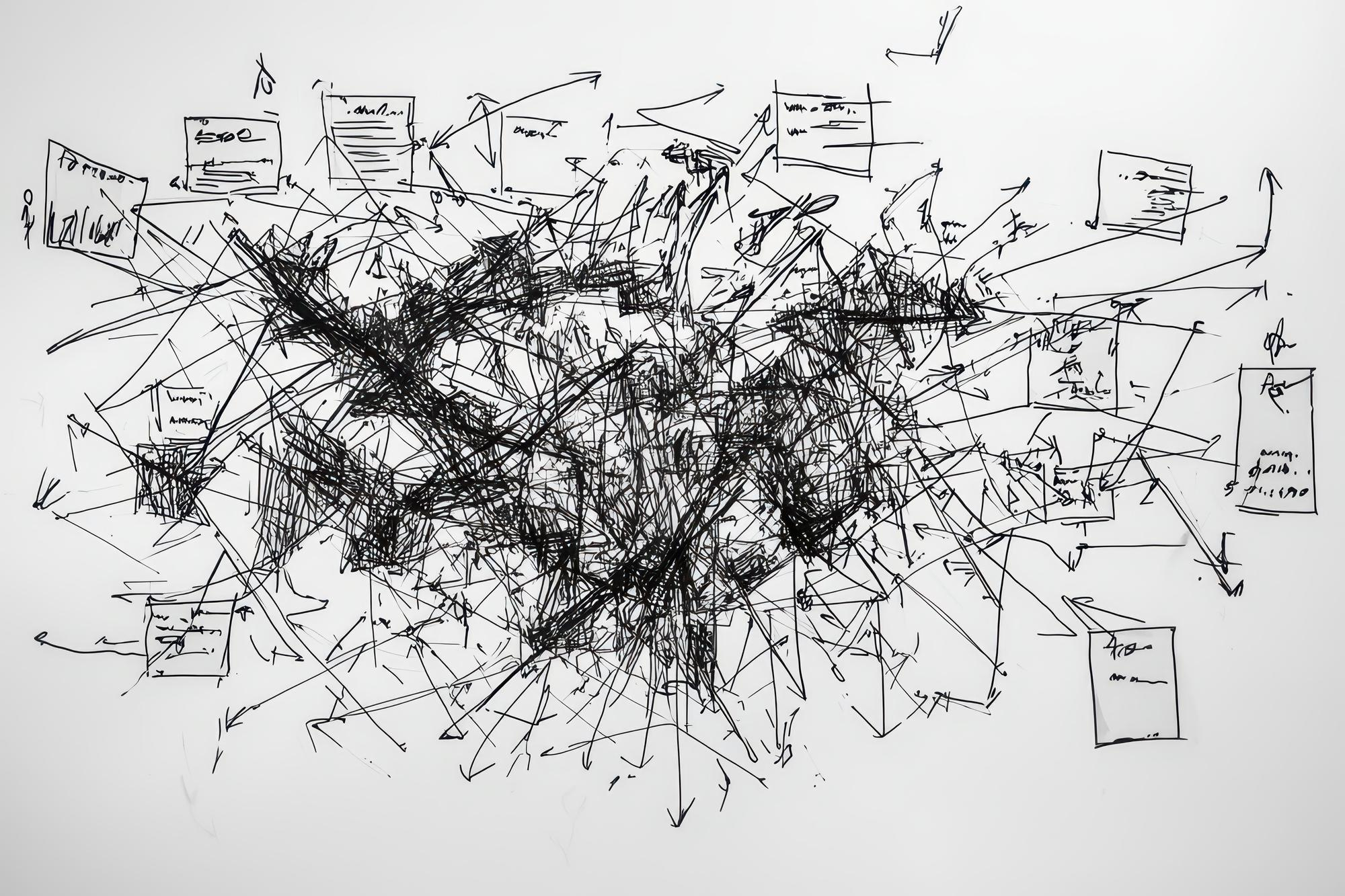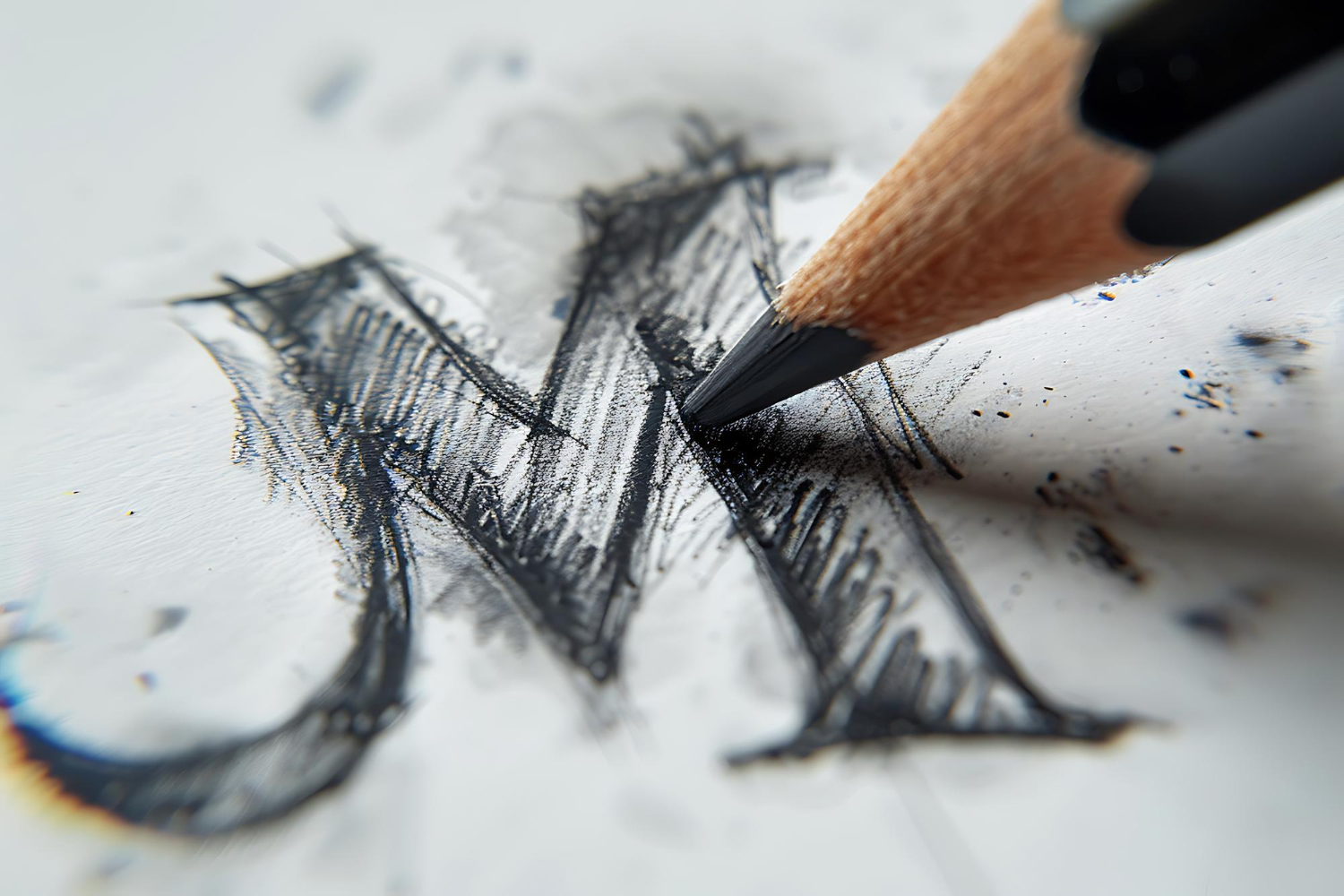1. We All Have Visual Intuition (Even If We Can’t Articulate It)
Humans are visual processors. Our brains are wired to interpret and respond to visual cues instantly. Studies have shown we form first impressions in under 50 milliseconds[^1]. That’s faster than the blink of an eye. Most people feel the difference between good and bad design — without being able to explain it. That’s where professional designers come in. We speak the visual language fluently, and we know how to use it intentionally.
2. Design That Feels “Expensive” Isn’t Just About Aesthetic —
It’s About Precision
Great design isn’t about slapping on a nice font and calling it a day. It’s a precision craft — one that balances alignment, scale, spacing, and composition to create harmony. Here’s what’s usually happening under the surface:
• Geometry and Grids: Clean design relies on underlying grid systems. You may not see the grid, but you feel its effect: balance, consistency, flow. Luxury brands almost always obey strict geometric logic.
• Kerning & Leading: That subtle difference in how tightly or loosely letters are spaced? It can make a design look refined… or rookie.
• Whitespace: Cheap design tries to fill space. Great design knows how to breathe. These are technical decisions, but they have emotional impact.
3. The Psychology of “Premium”
Certain design cues are hardwired into our perception of value:
• Symmetry and Alignment = Trustworthiness
Asymmetry has its place, but when things line up neatly, our brains register them as stable, competent, and credible.
• Minimalism = Confidence
Luxury brands rarely shout. They whisper. They don’t overload a design because they don’t have to — they let space, restraint, and simplicity do the talking.
• Typography = Tone of Voice
Serif fonts evoke tradition and reliability. Sans-serifs feel clean and modern. Slanted, heavy, or condensed fonts can signal urgency or boldness. Designers choose type the same way a director casts a character.
• Material & Tactile Clues
In packaging, even things like matte finishes, embossed textures, or the weight of a box all feed into our sensory understanding of “quality.” These cues aren’t random. They’re psychological triggers.
4. When Design is Done Well, You Don’t Notice It. When It’s Not, You Can’t Look Away.
The irony of great design is that it’s often invisible. No one praises perfect spacing or a beautifully kerned logotype. But everyone notices when something feels off-center or clunky or “off-brand.” Amateur design often suffers from being too literal, too crowded, or too trendy. And while DIY tools can get you part of the way, they rarely consider the full system of interactions that a professional designer is trained to build.
5. Hiring a Designer Isn’t a Luxury. It’s a Strategic Advantage.
Design isn’t decoration. It’s a business tool. It builds trust. It influences purchase decisions. It sets expectations. And when done well, it positions your brand to grow — whether that’s on a shelf, on a screen, or in a customer’s mind. If you want your brand to feel elevated, it has to be intentional. And that’s where a professional makes the difference.
.jpg)



